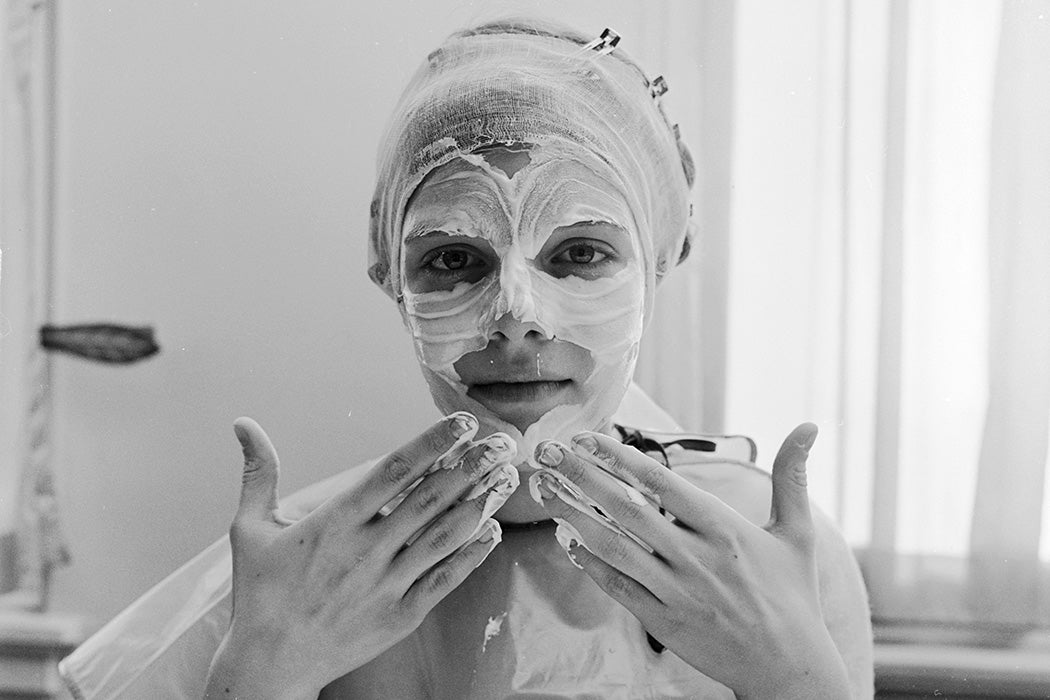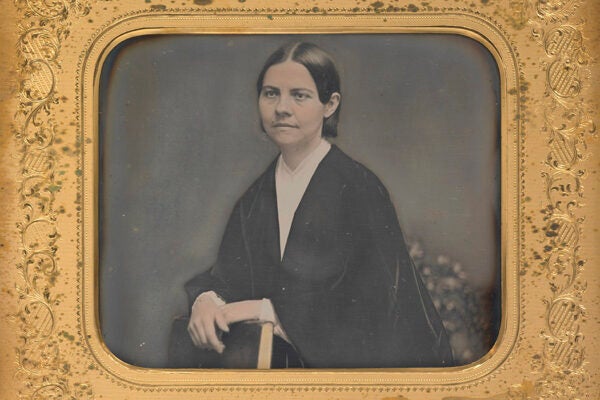What is “cold cream” anyway? If your first thought is that it sounds old-fashioned, you wouldn’t be wrong: it’s probably the oldest cosmetic product on the market, and versions of it have been on drugstore shelves for as long as there have been drugstores.
Its invention is often credited to the classical Greek physician Galen. A 1913 submission to the British Medical Journal by Haldin Davis describes the standard recipe.
“This preparation is supposed to be the lineal descendant of the original cold cream invented by Galen,” Davis writes. All one needs to make it are
Rose water (undiluted) … … 70 parts
White beeswax … … … 15 [parts]
Spermaceti … … … 15 [parts]
Almond oil … … … … 90 [parts]
Oil of rose … … … … 0.17 [parts]
But as Davis explains, this formula “has two disadvantages.” First, he considers the percentage of water too high, as “it makes the cream difficult to compound, and, when made, is liable to separate out.” Second, the addition of spermaceti “is useless, and renders it likely to become rancid.” He recommends instead that pharmacists consider the formulation proffered by one “Mr. Lucas, in his report to the Committee for the revision of the British Pharmacopoeia.”
Lucas’s ointment indeed relied less on rose water and more on oil, calling for
White beeswax … 18 per cent
Almond oil … 61 [per cent]
Borax … 1 [per cent]
Rose water… 20 [per cent]
Oil of rose ….0.1 [per cent]
Davis saw only one disadvantage of Lucas’s formula: “the borax is incompatible with mercurial salts. But this is unimportant because it is very improbable that the necessity will ever arise for their incorporation with a cold cream.”
As Davis notes, spermaceti (whale oil) was indeed problematic, and it was later phased out of commercial preparations; it’s often replaced with jojoba today.
But what is cold cream, and what’s it for? The fact it was discussed in a medical journal at all also shows that it was a preparation that doctors could be compounding or recommending for their patients. Over the years it’s been credited with a range of positive uses: moisturizing, protecting against chapping, treating burns, and removing dirt and make up. When journalist Nelly Bly took her round-the-world trip in 1889, she made sure to pack a tub of cold cream in her carry-all, “to keep [her] face from chapping in the varied climates [she] should encounter.” And historian Lesley Byrd Simpson, writing in 1937, found “Galen’s cold ointment” among the pharmaceutical preparations in colonial Latin America, showing its perpetual popularity.
But what it actually does has been debated now for centuries (either “everything” or basically nothing, depending on your perspective).
The term “cold cream” has been used for so many preparations that its contents can vary a lot. Noxzema, the medicated cream in the blue jar, is a cold cream. First created to treat sunburn and renamed for its apparent ability to treat eczema, it’s now mostly marketed as a cleanser (despite having an earlier run as a “medicated shaving cream”). The term “cold cream” is also sometimes also used for skin lightening creams, popular in Asia.
Weekly Newsletter
In 1931, the British Medical Journal, citing a book published by H. Stanley Redgrove that same year, proposed that its real use was as a cleanser.
“The cold cream, so called because the water incorporated in it causes a sensation of coolness when applied to the face, is properly employed only as a detergent,” the editors write.
Pond’s, which has been marketing cold cream since the early 1900s, now focuses on marketing their cream as a cleanser as well. Recent ads feature models using it as a makeup remover.
It’s unknown whether Galen also used it to remove lipstick.







